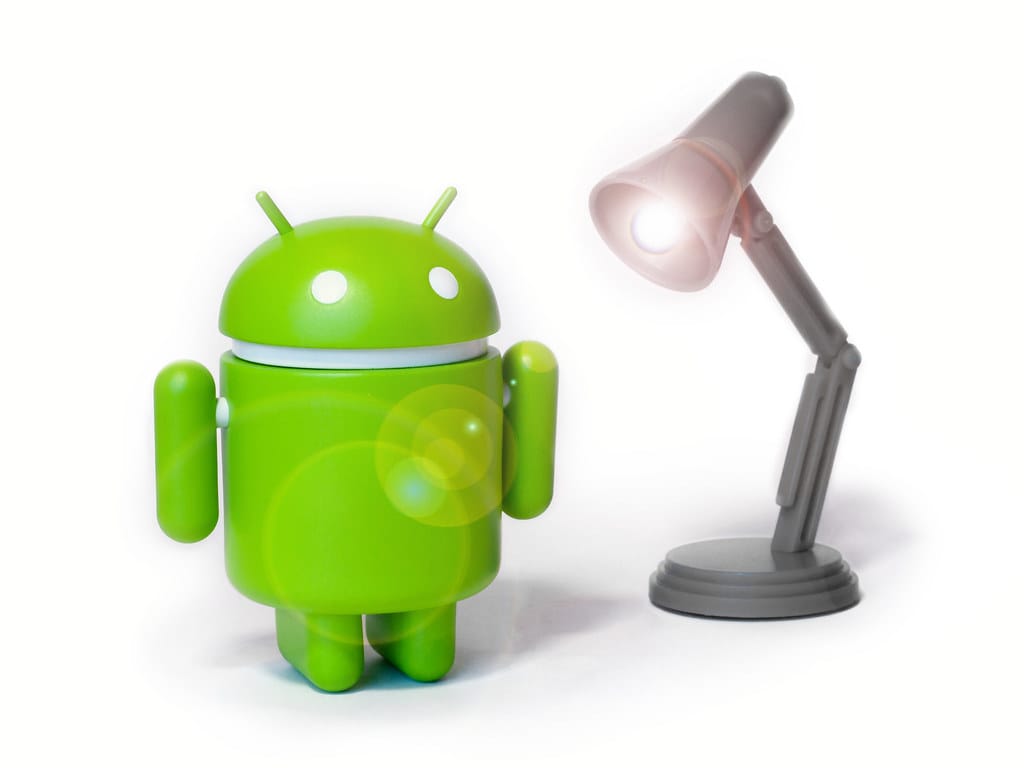Why Mobile Vibe Coding Apps Are Struggling to Find Their Rhythm
The promise seemed compelling: transform any smartphone into a portable coding studio where developers could tap out algorithms during commutes, debug programs while waiting in line, or prototype ideas wherever inspiration struck. Yet despite multiple attempts and millions in funding, dedicated mobile applications for "vibe coding" – casual, on-the-go programming – have consistently failed to capture developers' attention or establish sustainable user bases.
The Vision That Hasn't Materialized
The concept of mobile coding apps emerged from a simple observation: developers are among the most mobile-dependent professionals, yet they remain tethered to traditional desktop environments for their core work. Companies like Dcoder, Programming Hero, and Mimo launched with fanfare, promising to bridge this gap with sophisticated mobile IDEs and coding environments.
However, recent app store analytics reveal a sobering reality. Most dedicated mobile coding applications struggle to maintain active monthly users above 50,000, with engagement rates dropping precipitously after the initial download surge. Even well-funded ventures like Repl.it's mobile offerings have pivoted away from standalone mobile development toward web-based solutions.
The Fundamental Friction Points
Screen Real Estate Limitations
Professional developers consistently cite screen size as the primary barrier to mobile coding adoption. Modern applications often require simultaneously viewing multiple files, debugging panels, and documentation – a workflow that becomes painfully constrained on even the largest smartphone displays.
Sarah Chen, a senior software engineer at Spotify, explains: "I've tried every mobile coding app out there, but I always find myself frustrated within minutes. There's just no substitute for having multiple monitors and the ability to see your entire codebase architecture at once."
Input Method Inadequacy
Touch keyboards, despite improvements in predictive text and gesture typing, remain fundamentally unsuited for programming syntax. The precision required for brackets, semicolons, and indentation – coupled with the need for keyboard shortcuts that streamline desktop development – creates a friction-heavy experience that most developers abandon quickly.
Recent user experience studies show that developers using mobile coding apps take 3-4 times longer to complete basic programming tasks compared to desktop environments, making the proposition economically unviable for professional work.
Market Response and Pivots
Rather than doubling down on mobile-native experiences, successful companies in this space have largely abandoned the pure mobile approach. GitHub's mobile strategy focuses on code review and repository management rather than active development. Microsoft's Visual Studio Code has intentionally avoided creating a mobile equivalent, instead emphasizing cloud-based development accessible through mobile browsers.
The most successful "mobile coding" experiences today aren't dedicated apps at all – they're web-based IDEs like CodePen, JSFiddle, and GitHub Codespaces accessed through mobile browsers, suggesting that developers prefer familiar interfaces adapted for mobile rather than reimagined mobile-first experiences.
The Learning and Experimentation Exception
Interestingly, mobile coding apps have found modest success in educational contexts. Apps like SoloLearn and Grasshopper have built sustainable user bases by focusing on coding tutorials and bite-sized programming challenges rather than full development environments.
This suggests that while mobile devices may not be suitable for professional development work, they can serve as effective platforms for learning programming concepts and practicing syntax – a much more limited but viable market niche.
Looking Forward: Cloud and AI Integration
The future of coding on mobile devices likely lies not in native apps but in cloud-powered solutions enhanced by artificial intelligence. GitHub Copilot's mobile integration and cloud-based development environments suggest a model where mobile devices serve as thin clients for powerful remote development infrastructure.
As 5G networks mature and AI coding assistants become more sophisticated, the bottleneck may shift from interface limitations to connectivity and processing power – potentially reopening opportunities for mobile development tools.
The Verdict: Niche Viability, Not Mainstream Success
The failure of dedicated mobile coding apps to gain traction reflects fundamental mismatches between mobile interfaces and professional development workflows. While the concept remains appealing in theory, practical limitations around screen size, input methods, and workflow complexity have proven insurmountable for mainstream adoption.
For entrepreneurs and investors in this space, the lesson is clear: successful mobile coding solutions must either focus on specific educational niches or leverage cloud infrastructure to overcome mobile hardware limitations. The dream of the smartphone as a primary development device remains just that – a dream waiting for the next technological breakthrough to make it reality.
